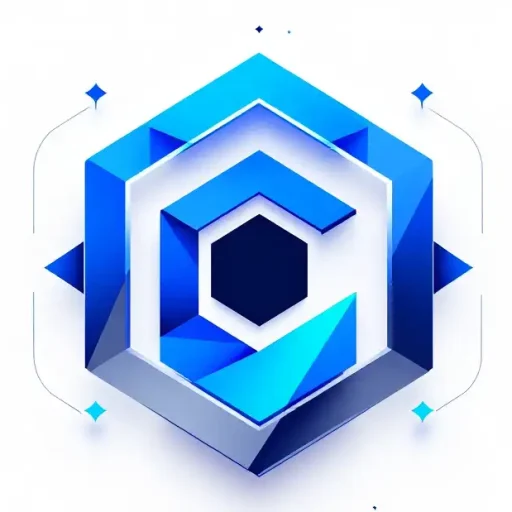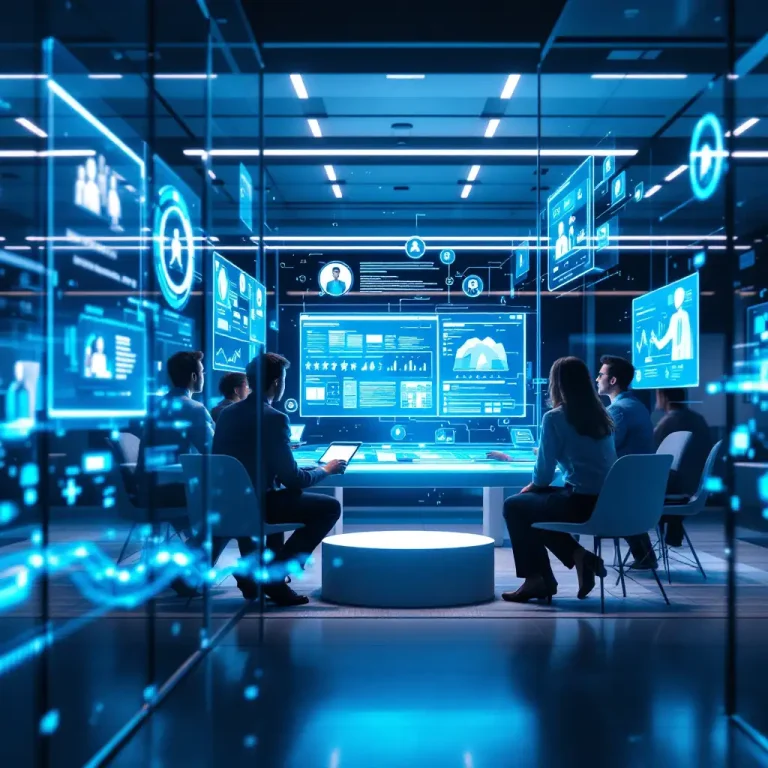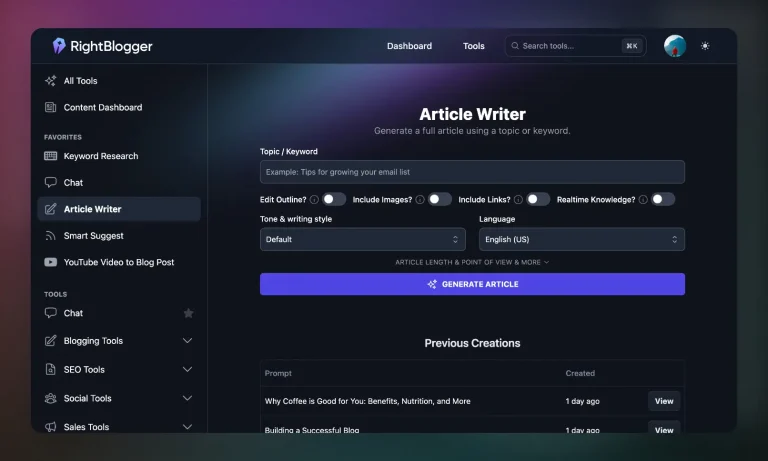“Artificial Intelligence is not the future—it is the now—and education must embrace it to thrive.“
The integration of AI in educational technology is revolutionizing how we teach, learn, and assess knowledge. As schools and institutions worldwide begin adapting intelligent tools into their systems, it’s evident that AI is no longer a luxury but a necessity in shaping the next generation of learners.

What is AI in Educational Technology?
Artificial Intelligence (AI) refers to the simulation of human intelligence in machines programmed to think, learn, and adapt. When implemented in education technology (EdTech), AI can analyze data, personalize learning experiences, automate repetitive tasks, and offer round-the-clock support to students and teachers alike.
The combination of AI and EdTech is not about replacing teachers—it’s about empowering them and elevating the learning experience.
The Power and Promise of AI in Education
Here are the key ways AI is changing education:
- Personalized learning paths for each student.
- Automation of grading, feedback, and administrative tasks.
- 24/7 access to intelligent tutoring and support.
- Predictive analytics to identify at-risk students early.
- Enhanced accessibility for students with disabilities.
“Technology will not replace great teachers, but technology in the hands of great teachers can be transformational.” — George Couros
How AI Enhances Personalized Learning
Traditional classrooms often struggle to cater to different learning styles. However, AI-powered systems:
- Track individual progress in real-time.
- Adjust content based on student strengths and weaknesses.
- Offer interactive lessons tailored to learning preferences.
- Recommend additional resources when needed.
Imagine a student struggling with algebra. An AI system can immediately detect patterns, adjust the difficulty, and deliver targeted exercises without teacher intervention.
Popular AI Tools Reshaping Classrooms
The rise of AI-driven tools in classrooms has brought remarkable innovations:
- Intelligent Tutoring Systems
Platforms like Carnegie Learning or Squirrel AI simulate a personal tutor experience, adapting in real-time to student needs. - AI-Powered Chatbots
Used for answering frequently asked questions about coursework, schedules, or resources. - Automated Essay Scoring and Feedback
AI like Turnitin’s Revision Assistant can provide instant writing feedback, helping students revise independently. - Speech Recognition & Real-Time Translation
Tools like Google’s Live Transcribe assist students with hearing impairments or language barriers.
Real-World Examples and Success Stories
📌 China’s Squirrel AI
China leads in AI adoption in education. Squirrel AI offers personalized AI tutors, drastically improving math scores in underperforming schools.
📌 Carnegie Learning (USA)
Their MATHia platform blends teacher-led instruction with AI-powered software, offering a hybrid solution that enhances engagement and comprehension.
The Challenges of AI in Education
Despite its promise, the implementation of AI also raises important concerns:
- Data Privacy: How is student data stored and used?
- Algorithmic Bias: Can AI discriminate against certain groups?
- Cost of Implementation: Can underfunded schools afford it?
- Over-reliance on Technology: Will students become too dependent?
Ethical Considerations
Educators and policymakers must ask:
- Who designs the AI algorithms?
- Is there human oversight in automated grading?
- Are students aware of how their data is used?
Transparency and regulation must be a priority to prevent misuse.
AI Will Never Replace Teachers—Here’s Why
While AI excels in automation and data analysis, human connection, empathy, and mentorship are irreplaceable.
Teachers play roles that go beyond instruction:
- Building emotional resilience in students.
- Encouraging critical thinking and creativity.
- Managing classroom dynamics and social skills.
AI is a tool—not a teacher. Its role is to support, not substitute.
Future Trends: What Lies Ahead?
The next decade will witness a surge in AI capabilities that will further reshape education:
- Immersive Learning with AI + AR/VR
AI will power virtual classrooms with avatars, simulations, and real-time feedback. - Global Classrooms
With real-time translation, AI will break language barriers, allowing cross-cultural learning. - Lifelong Learning Platforms
Personalized, AI-driven platforms will adapt as individuals progress in their careers. - Emotion AI
Tools that recognize student emotions through facial expressions or voice tone and respond accordingly.
How Schools Can Prepare for the AI Revolution
To successfully embrace AI, institutions should:
- Train teachers in AI literacy and digital tools.
- Invest in secure infrastructure.
- Create inclusive policies for ethical AI use.
- Encourage partnerships with EdTech companies.
- Gather feedback from students to continuously improve.
Internal Link Recommendations
To dive deeper into related topics, check out:
External Sources for Authenticity
- UNESCO: Artificial Intelligence in Education
- McKinsey: How AI will impact education
- EdTech Magazine: AI Innovations
- World Economic Forum: Future of Learning
💡 FAQs: AI in Education
1. Can AI completely replace human teachers?
No. AI is designed to support teaching, not replace it. Human interaction, empathy, and adaptability are vital in education.
2. Is AI safe for students’ personal data?
Yes, if implemented with strict data protection policies and transparency from EdTech providers.
3. What are the best AI tools for students?
Tools like Quizlet, Grammarly, Coursera, and Duolingo use AI to personalize learning and improve retention.
4. How does AI help students with disabilities?
AI enables speech-to-text, real-time translation, and learning aids tailored for specific needs, increasing inclusivity.
🔚 Conclusion: Embrace the Future Today
The integration of AI in educational technology is not a distant dream—it’s happening right now. From personalized learning experiences to data-driven insights, AI has the power to elevate education standards worldwide.
By embracing AI responsibly, we’re not just adopting new tools—we’re redefining what learning means in the 21st century.



